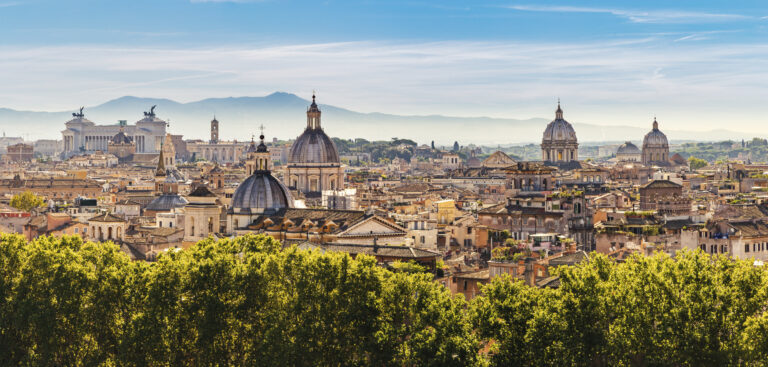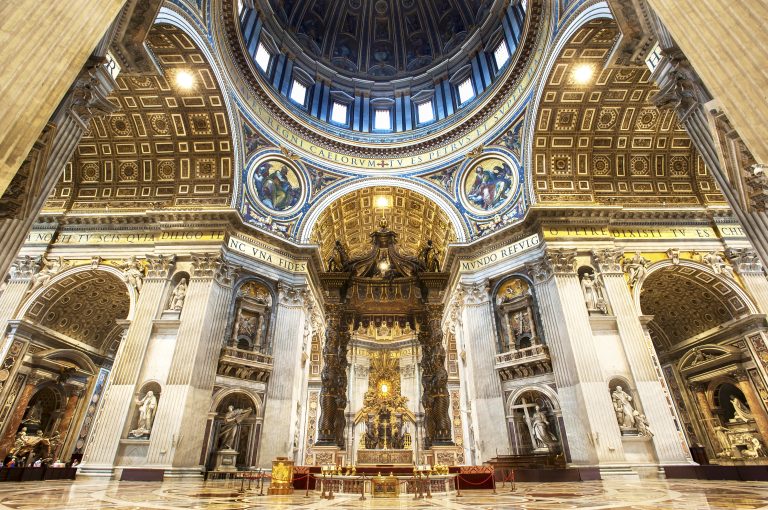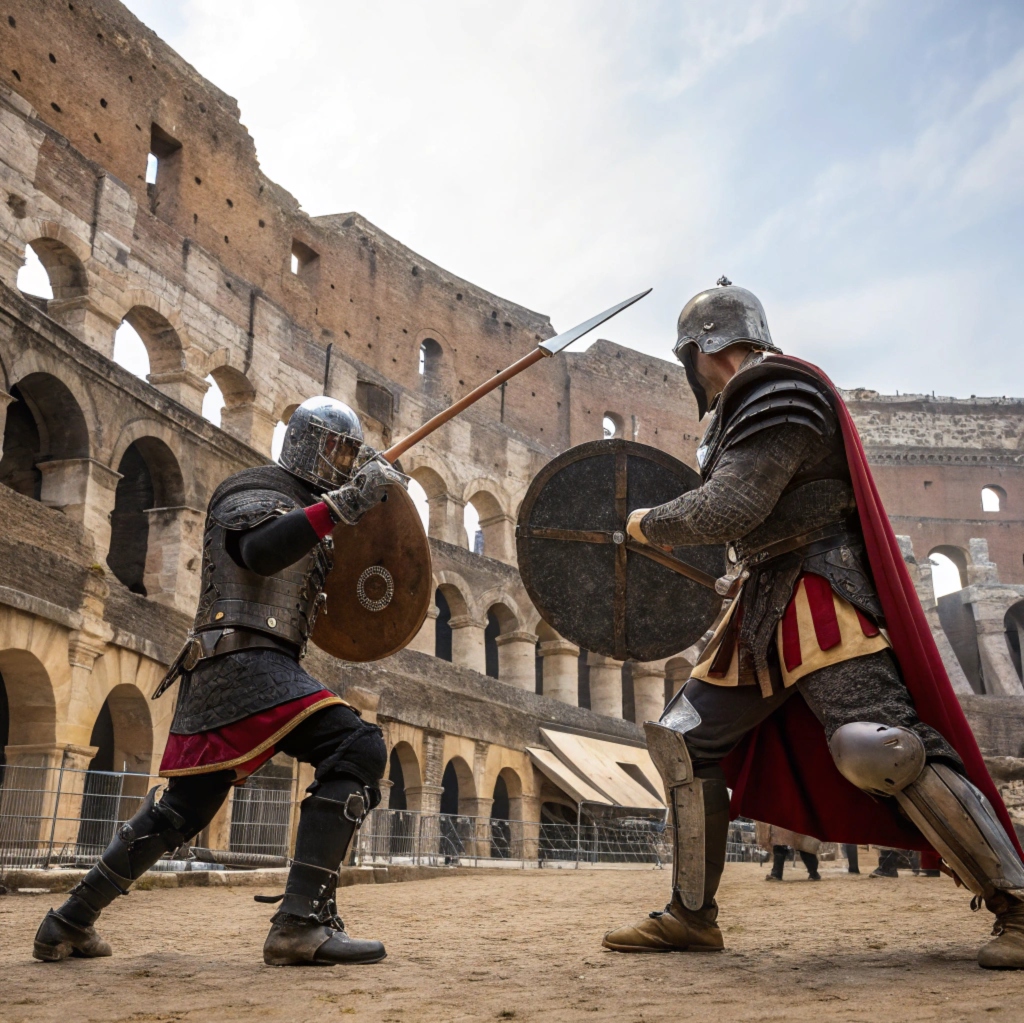
The Fascinating History of Rome: A Journey Through Time, from Remus & Romulus to the Present Day
Embark on a captivating journey through the history of Rome, from its mythical origins to its status as a world capital, exploring the events and eras that shaped the Eternal City. We guide you through the key periods of the Roman Empire, from the legendary founding of the city by Romulus and Remus to the collapse of the Western Roman Empire. Discover how Rome went from a small village on the banks of the Tiber to the capital of a vast empire, leaving a lasting legacy in terms of culture, law, and architecture. Explore the major events that shaped the Eternal City and its global influence.
- Romulus and Remus: The Founding of Rome (April 21, 753 BC)
- The Kings of Rome (753 – 509 BC)
- The Roman Republic (509 – 27 BC)
- From Imperial Glory to the Carolingian Renaissance
- The Golden Age of Emperors (1st and 2nd centuries AD)
- The Conversion of Constantine (4th century AD)
- The Division of the Empire (285 AD)
- The Fall of the Western Roman Empire (August 22, 476)
- Charlemagne and the Carolingian Renaissance (late 8th century)
- Papal Power and the Fortification of Rome (9th – 12th centuries)
- 1100 – 1200 – The emergence of noble families
- Mid-12th century
- The Renaissance of Rome (13th – 16th centuries)
- 1300 – First Jubilee
- 1309 – Avignon Papacy
- Rome in the Modern Age (16th – 18th centuries)
- 1527 – Sack of Rome
- Baroque Era
- Napoleonic Rome (18th Century)
- 1798 – Roman Republic
- 1808 – The Napoleonic Era
- 19th Century Rome: Towards Unification
- 1848 – 1849: Second Roman Republic
- 1870 – The End of Temporal Power
- Rome Under Fascism
- Rome from Post-War to the Dolce Vita
- Rome Today
- 1957
- 1962-1965
- Contemporary Era
Romulus and Remus: The Founding of Rome (April 21, 753 BC)
Romulus and Remus were the sons of the Vestal Virgin Rhea Silvia and the god Mars. Their uncle, King Amulius, fearing they would one day dethrone him, ordered their abandonment in the Tiber. But, luckily, a flood of the river saved them. A she-wolf found them and fed them. Later, shepherds adopted and raised them. As adults, the brothers wanted to build a city where they had been saved. They disagreed on the best location: Romulus preferred Palatine Hill, Remus the Aventine. This dispute escalated, and Romulus ended up killing Remus. Romulus then built the city of Rome on Palatine Hill.
Want to learn more about this story? Discover the secrets of the Palatine Hill during a guided tour.
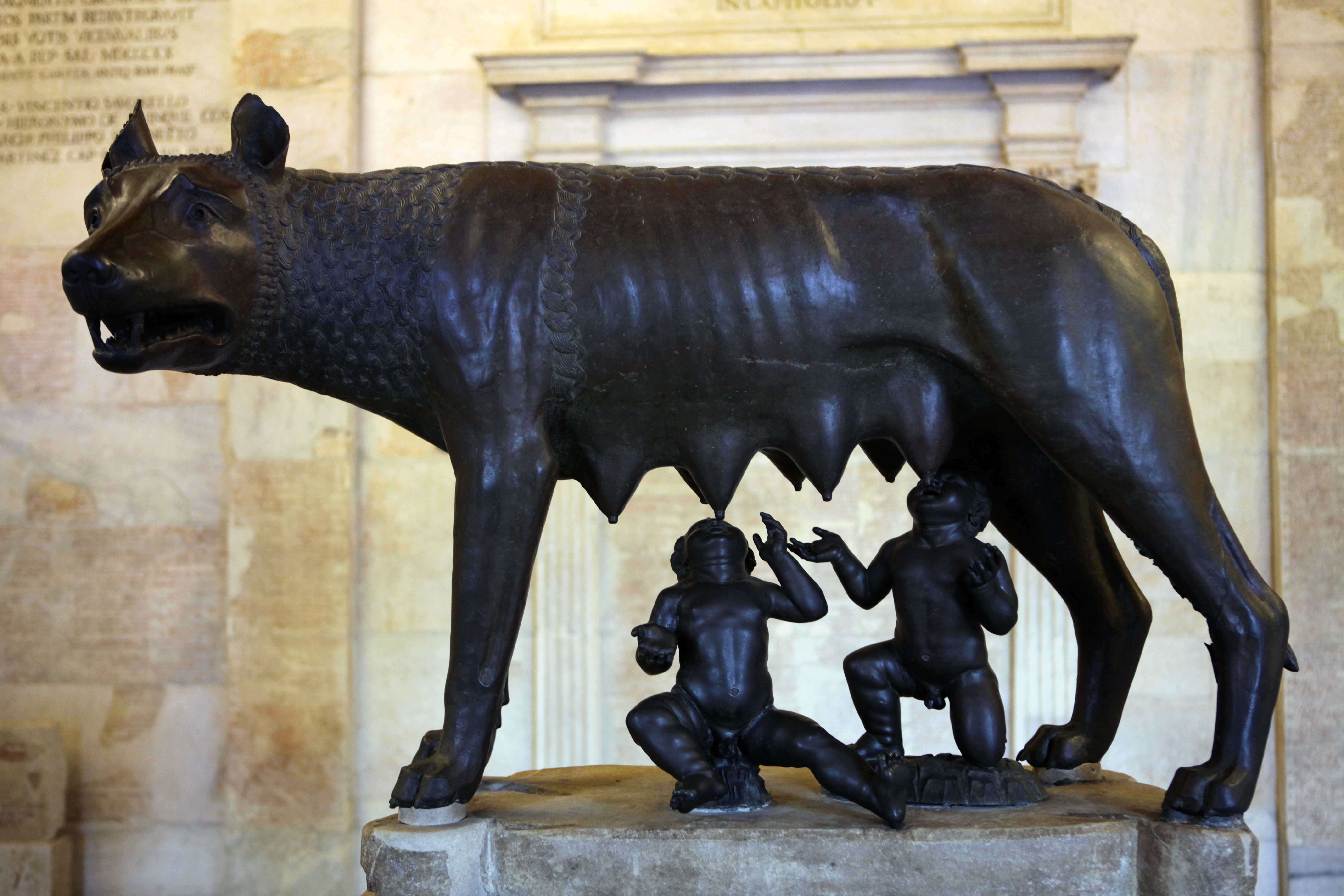
The Kings of Rome (753 – 509 BC)
Seven kings ruled Rome during this period. The last king, Tarquin the Proud, was overthrown, marking the end of the monarchy.
- Romulus (753-716 BC): With his brother Remus, he founded Rome after a dispute over the ideal location. It was Romulus who won the dispute and became the first king.
- Numa Pompilius (715-672 BC): Known for his wisdom, he preferred peace to war and introduced many religious rites for the Romans.
- Tullus Hostilius (672-640 BC): This king loved war. During his reign, Rome expanded by defeating neighboring cities.
- Ancus Marcius (640-616 BC): He strengthened the ties between Rome and other cities by building a large bridge over the Tiber River.
- Tarquinius Priscus (616-578 BC): Under his leadership, Rome grew with new roads and beautiful buildings.
- Servius Tullius (578-535 BC): He is famous for organizing Roman citizens into groups according to their wealth.
- Tarquinius Superbus (534-509 BC): Tarquin was the last king of Rome. He had a harsh way of ruling, which made him unpopular with many. During his reign, a tragic event occurred: a member of his family harmed Lucretia, a respected Roman lady. This angered the people, leading to a revolt against Tarquin. Following this, the monarchy ended in Rome, and the Republic began.
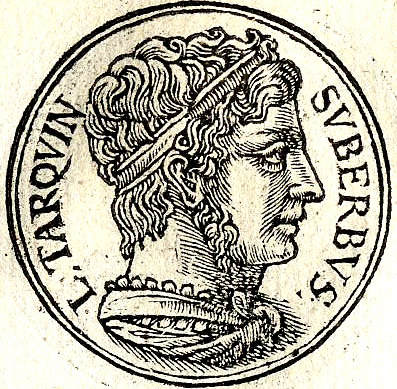
The Roman Republic (509 – 27 BC)
- Rome became a republic where citizens had a say. During this period, Rome expanded its territory and became a great power.
- Julius Caesar (100 – 44 BC): Caesar was a great general who expanded the borders of Rome. He became powerful and declared himself dictator for life, which worried some in Rome. Fearing he would become too powerful, they conspired against him and assassinated him.
- Augustus becomes the First Emperor (27 BC): After years of turmoil, Octavian, Caesar's nephew, became the first emperor of Rome and took the name Augustus.

From Imperial Glory to the Carolingian Renaissance
The Golden Age of Emperors (1st and 2nd centuries AD)
Emperors such as Trajan and Hadrian ruled Rome when it was at its height, controlling vast territories. Book your tour of the imperial monuments to learn more.
The Conversion of Constantine (4th century AD)
Emperor Constantine converted to Christianity, changing the empire's main religion.
The Division of the Empire (285 AD)
Emperor Diocletian divided the Roman Empire in two: the Western Roman Empire and the Eastern Roman Empire.
The Fall of the Western Roman Empire (August 22, 476)
After centuries of glory, the Western Roman Empire collapsed due to barbarian invasions, economic problems, and internal weaknesses. The Eastern Roman Empire, also called the Byzantine Empire, persisted.
Charlemagne and the Carolingian Renaissance (late 8th century)
In the year 800, on Christmas night, Charlemagne, King of the Franks, was crowned emperor by Pope Leo III in the ancient Basilica of St. Peter in the Vatican. This act gave birth to the Carolingian Empire, a precursor to the Holy Roman Empire. Although the capital of this empire was Aachen, Rome remained the religious heart of this new state, confirming its central role in the medieval world.
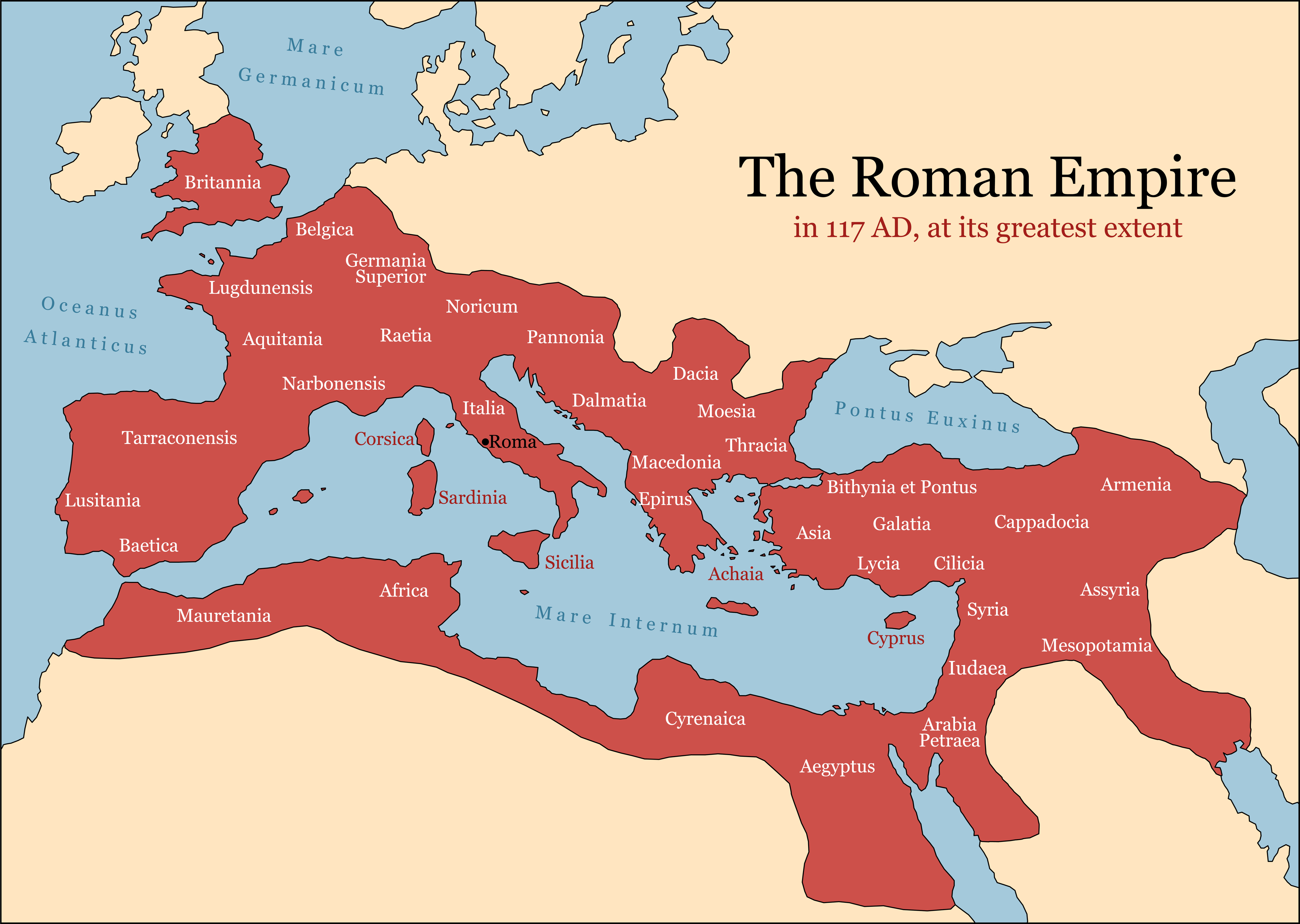
Papal Power and the Fortification of Rome (9th – 12th centuries)
9th century – Civitas Leonina
Following a Saracen incursion in 846, Pope Leo IV undertook the fortification of the district around the Vatican, creating the Civitas Leonina, a precursor to the Papal States.
You can enjoy very interesting guided tours of the Vatican, which will immerse you in this era.
1100 – 1200 – The emergence of noble families
The Crescenzi and Frangipane are among the families who built fortified residences, strengthening their power in Rome.
Mid-12th century
Roman citizens founded the consular municipality on Capitoline Hill, in opposition to papal authority and the autonomy of the nobles. During this period, Rome strengthened its defenses.
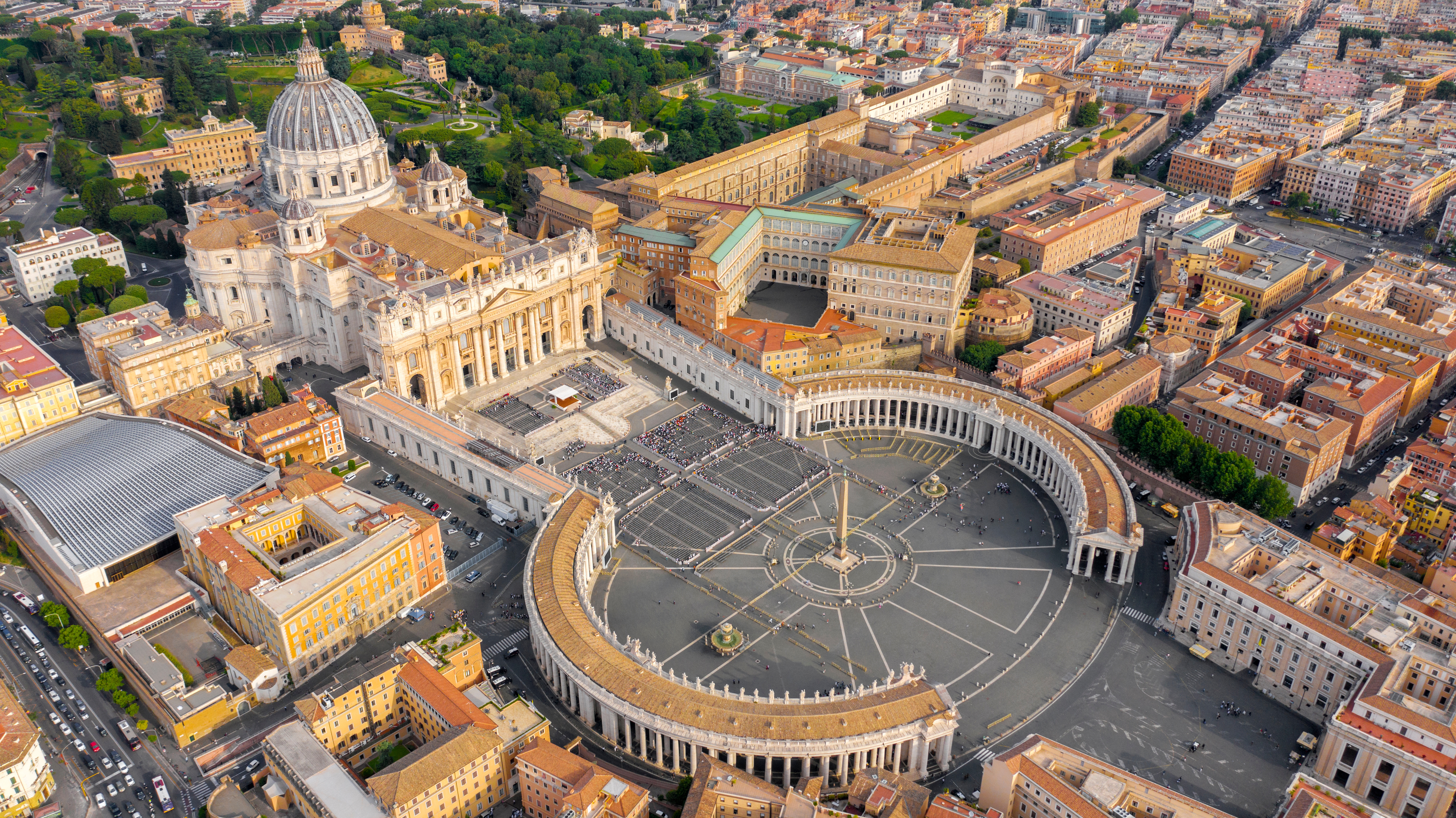
The Renaissance of Rome (13th – 16th centuries)
1300 – First Jubilee
Boniface VIII proclaimed an exceptional jubilee. This holy year attracted a large number of pilgrims, strengthening Rome's economy.
Did you know? The year 2025 has been proclaimed a holy year and will therefore host the Jubilee. This only happens every 25 years. Consult our article dedicated to the Jubilee 2025 to not miss anything of this event.
1309 – Avignon Papacy
Due to political turmoil in Rome and pressure from the King of France, Pope Clement V decided to reside in Avignon. This marks the beginning of a period of nearly 70 years where the papacy remained outside Rome, leaving the city in the hands of the nobility.
Rome in the Modern Age (16th – 18th centuries)
1527 – Sack of Rome
The troops of Charles V of the Holy Roman Empire invade and sack Rome, marking a dramatic decline in papal power.
Baroque Era
Under popes like Sixtus V, Rome is transformed with grand boulevards, obelisks and fountains, making it a jewel of the Baroque.
Napoleonic Rome (18th Century)
1798 – Roman Republic
Influenced by the French Revolution, a short-lived republic is proclaimed, leading to the deposition and exile of Pope Pius VI by French forces.
1808 – The Napoleonic Era
Napoleon incorporates Rome into his empire and launches archaeological excavations, rediscovering treasures of ancient Rome.

19th Century Rome: Towards Unification
1848 – 1849: Second Roman Republic
A new attempt to establish a democratic republic in Rome is supported by figures such as Giuseppe Garibaldi.
1870 – The End of Temporal Power
The Bersaglieri, elite corps of the Italian army recognizable by their feather-adorned hats, enter Rome, bringing an end to almost 1,000 years of temporal power of the Popes over the city.

Rome Under Fascism
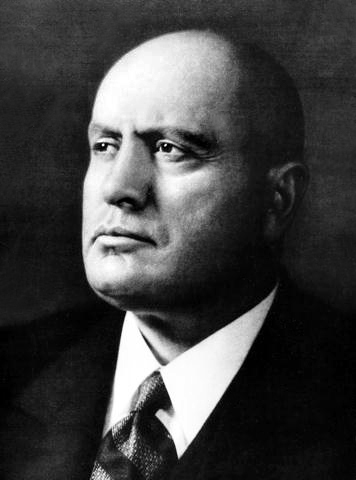
- 1922: Benito Mussolini takes power during the March on Rome. During his regime, he undertakes a major transformation of the city, demolishing medieval and Renaissance structures to make way for major streets like the Via dei Fori Imperiali.
- 1929: The Lateran Treaty is signed, creating the independent state of Vatican City.
- 1940: Italy enters World War II. On July 19, 1943, Rome suffers a heavy Allied bombing.
- 1943-1944: After the arrest of Mussolini, Rome is occupied by the Nazis. The city sees the deportation of Roman Jews, attacks by the resistance and the massacre of the Ardeatine Caves. It is liberated by the Allies in June 1944.
Rome from Post-War to the Dolce Vita
- 1946: Rome is proclaimed the capital of the new Italian Republic.
- 1950s-1960s: The city experiences urban and demographic expansion. It becomes a world capital of cinema and entertainment, symbolized by the "Dolce Vita" of the Via Veneto. Rome also transforms into a center of haute couture. Cinecittà, the heart of Italian cinema, opens its doors to visitors with "Cinecittà si Mostra", an exhibition that reveals the behind-the-scenes magic of cinema. Book your tickets for Cinecittà si Mostra and discover the behind-the-scenes!
- 1960: Rome hosts the Olympic Games and sees the development of important infrastructures, including the beginning of the metro.
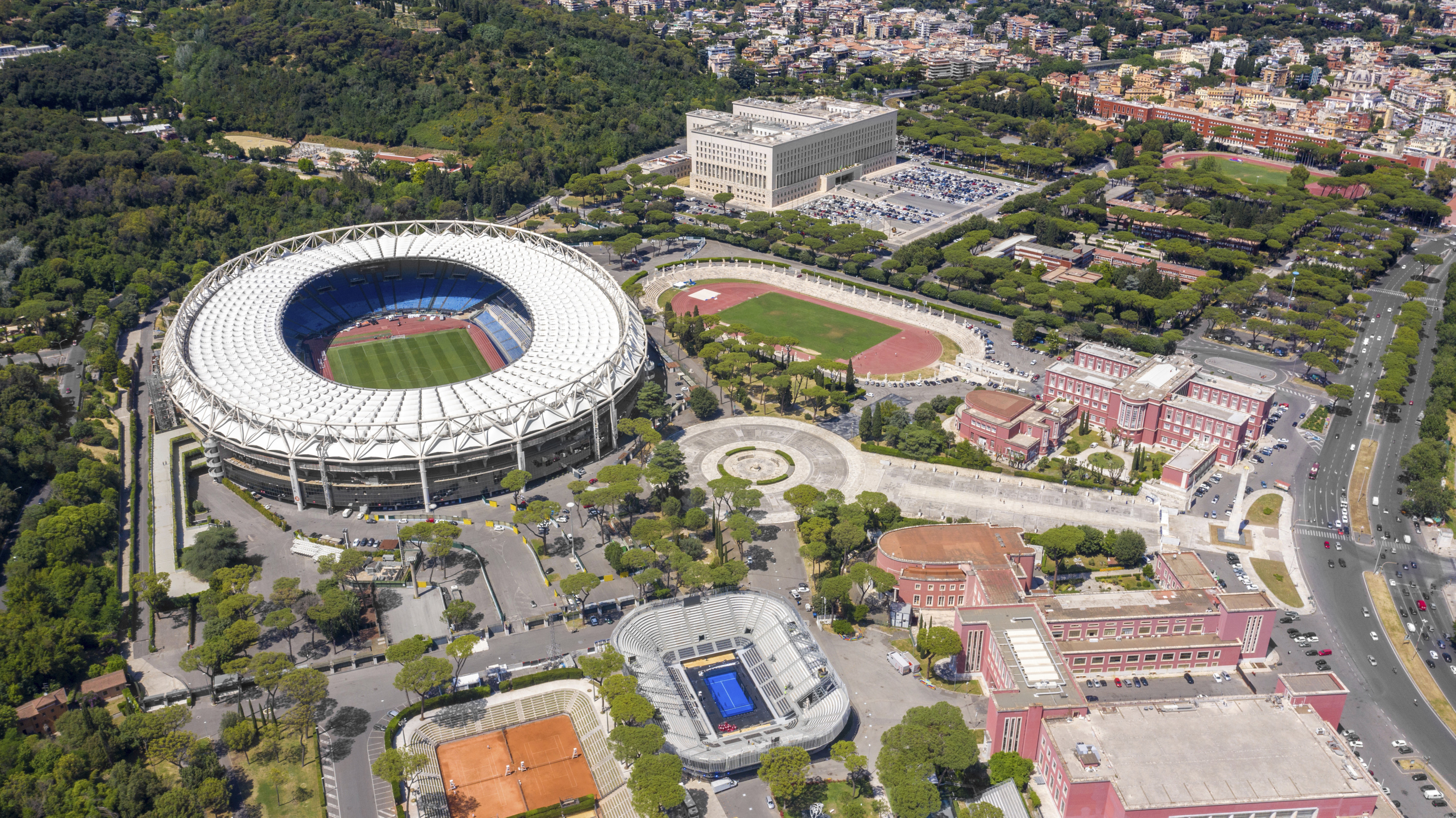
Rome Today
1957
Rome is the site of the signing of the Treaties of Rome, which establish the European Economic Community (EEC). The EEC, a precursor to the current European Union, aimed to create a common market and a customs union among its members, thus promoting European economic integration.
1962-1965
The Second Vatican Council, held in Rome, is a major assembly of the Catholic Church seeking to bring the Church closer to other Christian denominations and to modernize it in the context of the 20th century.
Contemporary Era
Rome, being the largest city in Italy, is the center of national political life and the Catholic religion. The metropolitan city is created, with the mayor of the city also governing this entity.
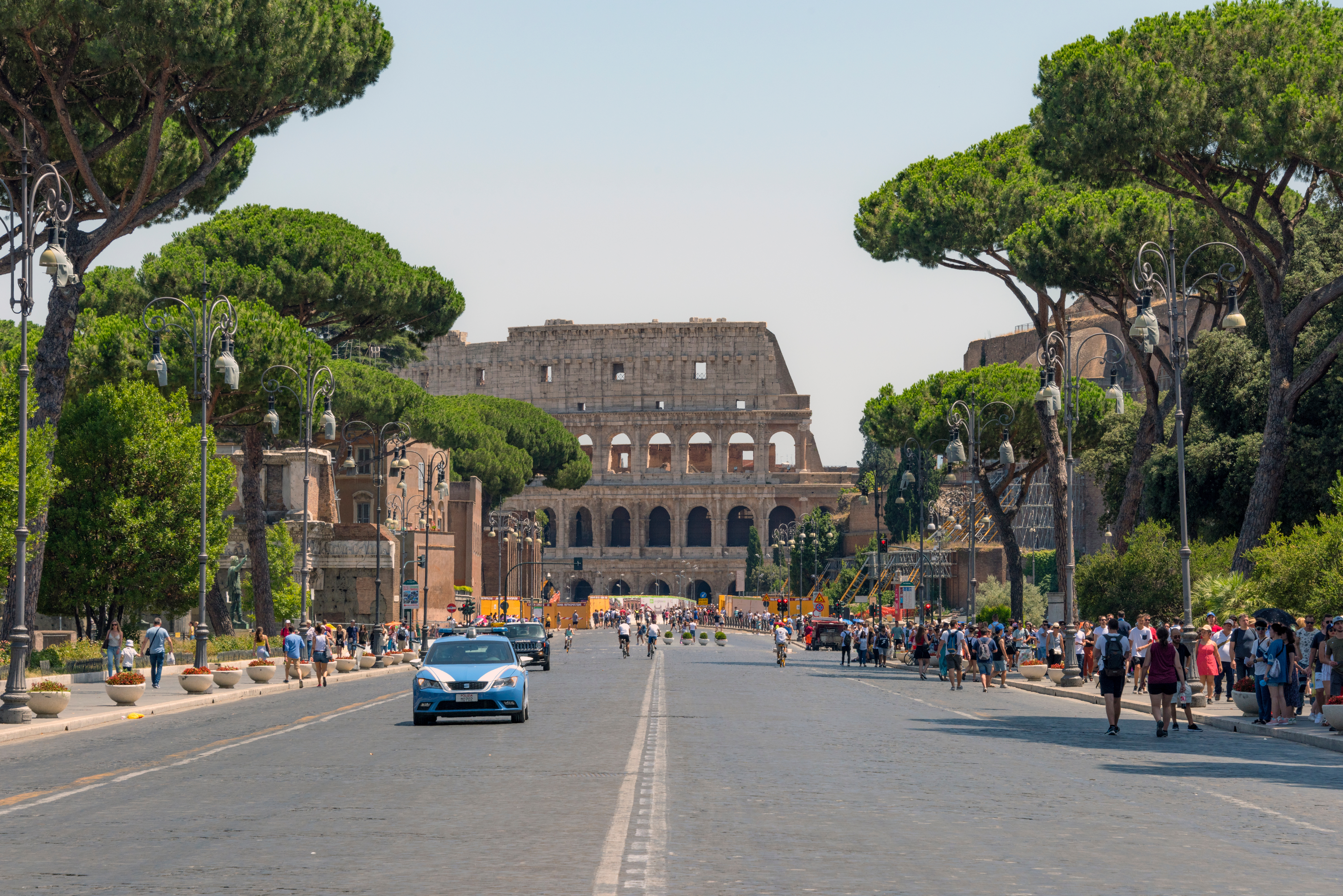
For those who truly want to feel the essence of this eternal city, a guided tour of Rome is a must. Whether explored through its historic streets, imposing monuments or green parks, Rome offers a journey through time at every turn, inviting travelers to immerse themselves in its rich history and culture.
Also discover the exceptional geography of Rome, which contributes to making it a unique city in the world.
Having explored the fascinating eras of Roman history, from its legendary origins to its central role in the contemporary world, which period of Roman history fascinates you the most and why? Share your thoughts, knowledge or questions about the history of this eternal city in the comments below. Your perspectives will enrich our journey through time!


